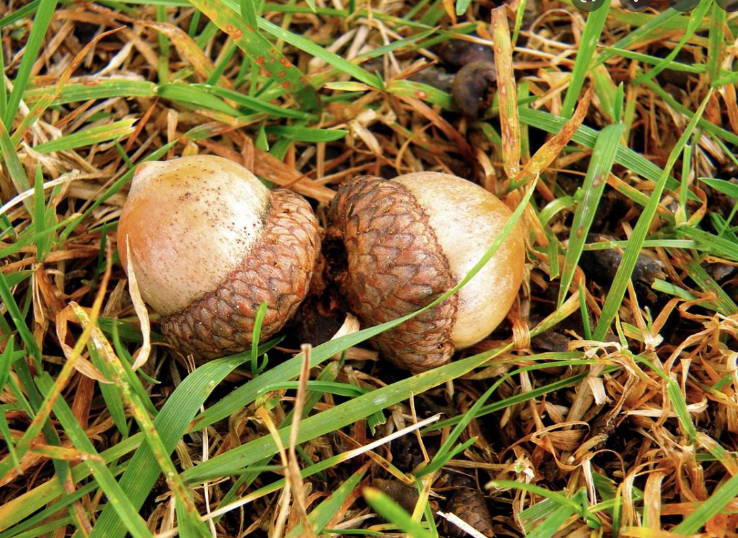Increased Acorn Toxicity Risk To Livestock
6 October 2025Oak trees have produced many more acorns this year and there have been reports of acorn toxicity cases this autumn.
Acorns can be attractive to livestock after a period of feed restriction or following stormy weather when large numbers are blown from the trees.
- Both acorns and oak leaves contain phenols and tannins such as gallic acid and pyrogallol that are toxic when ingested in sufficient quantities.
- Young leaves are more toxic than mature ones.
- Cattle and sheep are susceptible to these compounds which bind and precipitate proteins leading to renal failure.
- Pigs are relatively resistant to their effects and can be used to clear acorns.
Know The Signs
Clinical signs arise after 3 to 7 days and may include anorexia, abdominal pain and constipation followed by black tarry faeces. Polyuria/polydipsia, haematuria and icterus may also be seen, and urea and liver enzymes will be increased. Acutely affected animals die within 24 to 72 hours. Animals that survive beyond this will lose weight and become chronically ill thriven.
Postmortem findings can include pale, swollen kidneys, ascites and oesophageal ulceration secondary to uraemia. Depending on the time scale acorns may not be found within the rumen content. Haemorrhage and oedema of the intestinal mucosa may be evident in fresh carcases and histopathology will confirm renal tubular necrosis.
Crucially there is no specific treatment. Cattle and sheep should be prevented from accessing high risk areas where possible.
If you have an further concerns or questions, contact the FAS Advice Line at 0300 323 0161 or by emailing advice@fas.scot
Sign up to the FAS newsletter
Receive updates on news, events and publications from Scotland’s Farm Advisory Service

